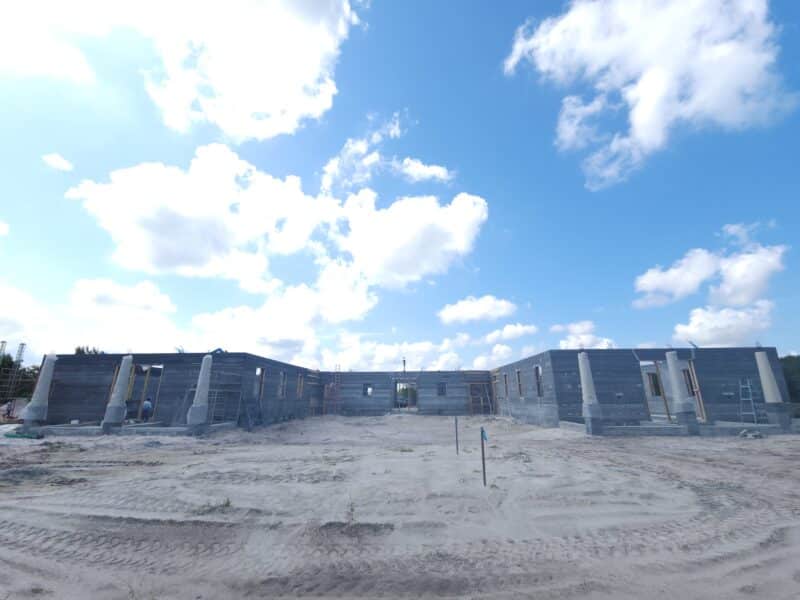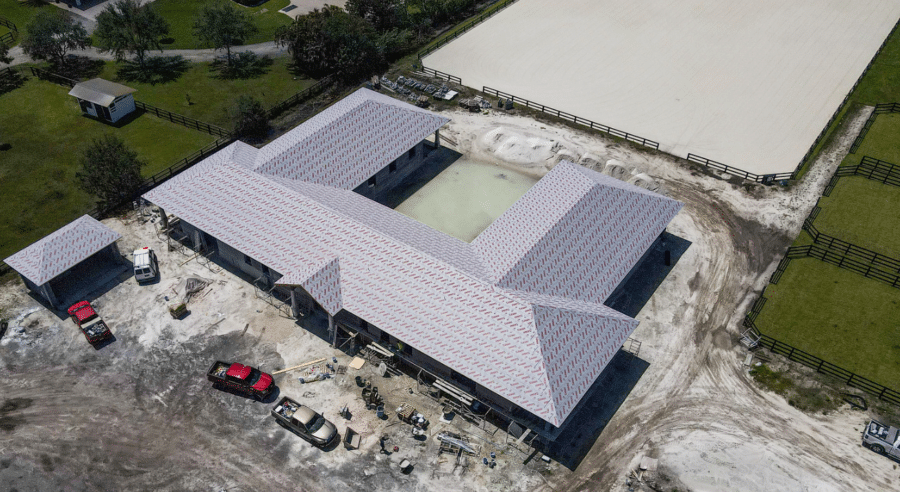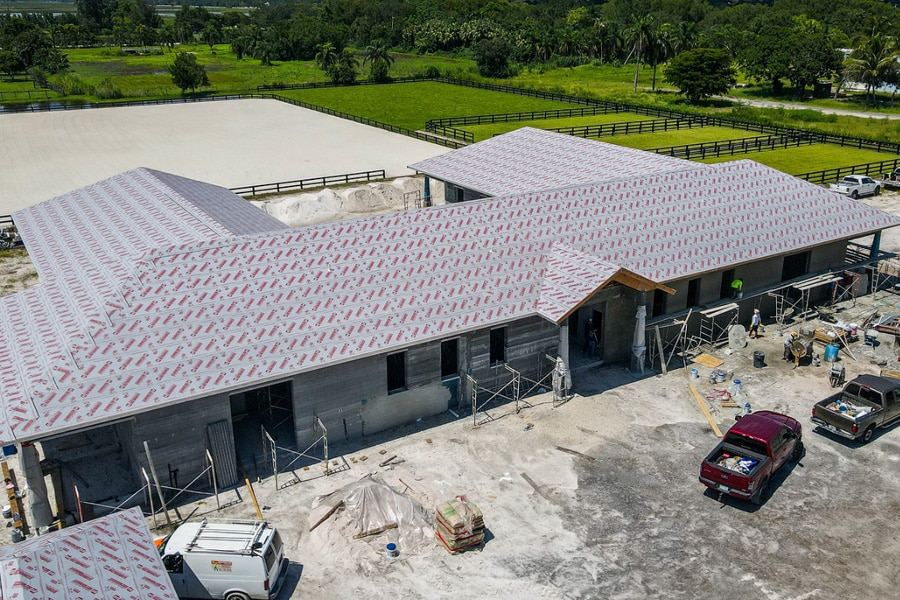Imagine the impact if one construction method could help solve the housing and labor shortage, decrease the economic costs of chaotic weather damage and help families build generational wealth.
Jim Ritter, founder of Printed Farms Florida, believes 3D-printed buildings can radically change the construction industry to achieve those goals. In 2023, his startup completed the world’s largest 3D-printed building, a horse farm in South Florida.
With 3D-printed construction processes, Ritter sees opportunities for contractors to build faster, more sustainable and cost-effective buildings that reduce the impact of severe weather events. Here, he shares the details of the 3D-printed facility serving as a model for the industry.
A big undertaking
In 2020, Ritter’s Printed Farms built its first 3D-printed structure, a tractor shed, and then in 2021, a house in Tallahassee. Ritter, a lifelong equestrian, then set his sights on using the construction technique to build a horse facility.


Bluebeam Resource Hub
Browse case studies, watch webinars, and see what’s new with Bluebeam.The company’s third project, currently the world’s largest 3D-printed structure, is a 10,600-square-foot luxury horse barn with 16 stalls, a 2,100-square-foot hot walker and a manure bin, among other features. He used a COBOD 3D-printer with an Mtec pump/mixer system to extrude a 3D mortar mix to build the structure layer by layer.

“Our printed mortar material is 6,000 psi, compared to the average building material of 3,000 to 3,500 psi, so we have a much stronger, denser material,” he said.
According to Ritter, the materials used in 3D printing create a cooler building. The design includes a cavity and air gap in the walls, which provides natural cooling. Though this was in a horse barn, these benefits also carry over to residential and commercial buildings.
“The R-factor on a block building is an R-6,” he explained. “When we do our natural wall with no insulation, we’re at R-12, and it’s easy to get to R-20.”
The economic impact
A 2019 Congressional Budget Office report estimated that the cost of damage caused by annual hurricane winds and storm-related flooding total $54 billion across the residential and commercial sectors.
“Our walls are almost impervious. You might still need to paint and air out a building and replace furniture, but the foundation is still there,” Ritter said. “We’re trying to build buildings that can withstand these climate events so it can be passed on to the next generation to help families create generational wealth.”
The long-term payoff of technology is that it will hopefully reduce construction expenses. Ritter noted that many people expect it to trim costs by 30-40%. However, the technology is still in its early stages, and Ritter anticipates the cost savings will come from the ability to build better structures with fewer people.
“In the region where this barn was built, the average building cost is $200-250 per square foot,” he said. “We came in at $220 per square foot and feel good about that.”
The learning curve
There are a lot of challenges that come along with being “the first.” Building the world’s largest 3D-printed facility was no exception.
“We had to move the machine five times, and it was challenging to get laborers to do things the right way because they’ve never built a building this way before,” Ritter said. “It is all part of the growth process, and we’re in an R&D period right now based on what we learned from the project.”

One unexpected challenge was adapting work schedules and getting the right number of people on the job. Once the machine starts printing, stopping before the “day” is done is inefficient. On this project, Ritter and the small group that worked alongside him spent long hours working in the sun without breaks.
“This was something we hadn’t thought through,” he said. “So, now we’re working on addressing those issues to be more efficient.”
Another area for innovation is the final look. 3D-printed buildings don’t look “perfect,” Ritter explained. Some people like the look, and others stucco over it.
“We’re currently testing a paint system to produce a smooth stucco look and insulate the building on the outside all in one application,” Ritter said. “Instead of doing those three things, you spray it on and smooth it out like stucco all in one step.”
An eye to the future
Those who advocate using 3D technology in the construction industry say it will create opportunities to build structures that are cheaper and safer more quickly and require less physical labor and fewer materials in a range of architectural models and shapes. “I say 3D printing is like the old story of John Henry and the steam engine. He beat the steam engine in laying track, but he died of exhaustion,” Ritter said. “You can’t beat these machines as they get smarter, and I think you’re going to see other materials used so that we’re not cutting down trees just as concrete has to be more environmentally produced.”











